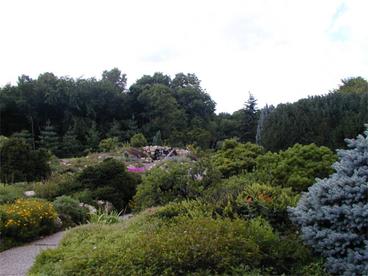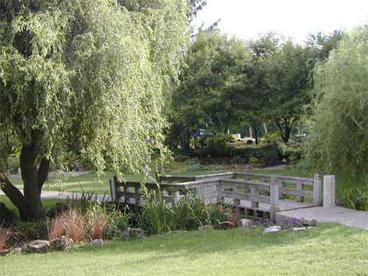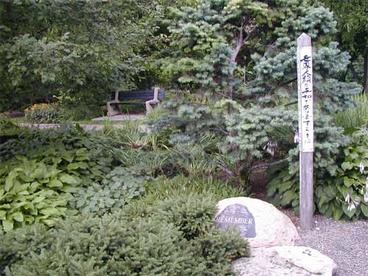Address
Directions
Within Lyndale Park
Phone
Fax
Run by
Minneapolis Parks and Recreation
Date Established
Designer
Size
Cost
No admission fee
Peak Season
Peak season (notes)
April 15 – June 1
Region
Garden Type
Extras
- Free street parking and fee parking lot nearby
- Restrooms – near bird sanctuary and parking lot
- Bird watching – Thomas Sadler Roberts Bird Sanctuary is adjacent
- Hiking – walking paths around Lake Harriet
- Biking – biking paths around Lake Harriet
- Weddings can be arranged in the gardens
Comments
This garden was originally designed as a testing area for annuals and perennials that might survive Minnesota’s climate. In 1929, over 350 tons of Oneota dolomite were moved by train from Diamond Bluff, Wisconsin (near Redwing, Minnesota) to Minneapolis. This sedimentary rock, riddled with holes and creases is about 500 million years old. In 1983, a re-design of the rock garden began with an effort to re-create the bluff landscape from which the stones originated. Dwarf conifers create the backbone of the plantings with many examples of hardy, alpine plants adding color and texture.
At the lower end of the garden, is the Peace Garden. Within this Asian-influenced area are two peace stones from Nagasaki and Hiroshima, a peace pole dedicated to peace between nations, and a Japanese yatsu-hashi crooked path bridge. Paths are both paved and gravel.


